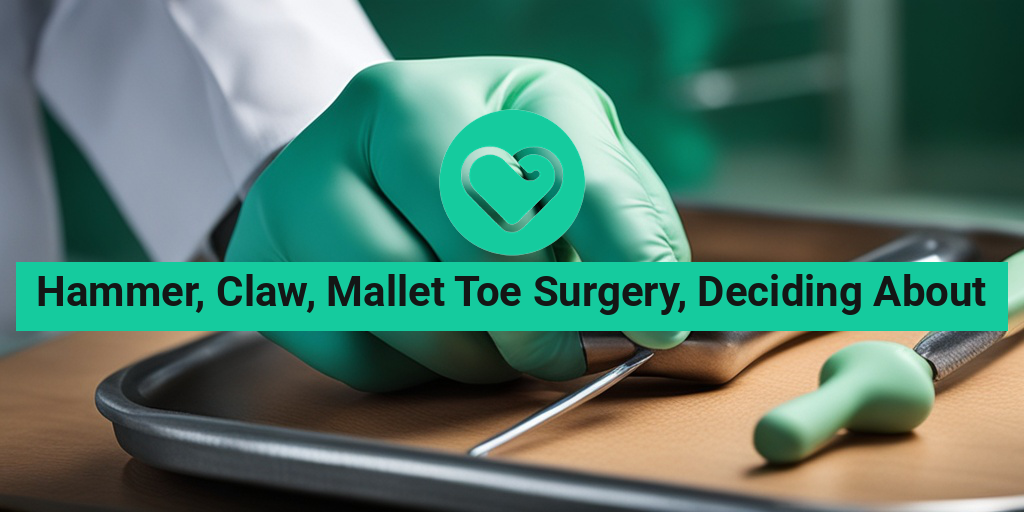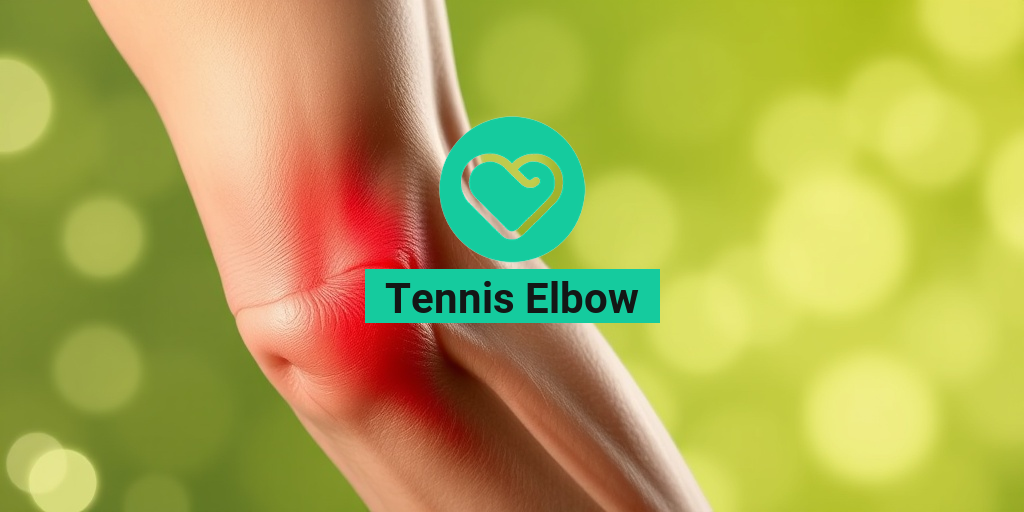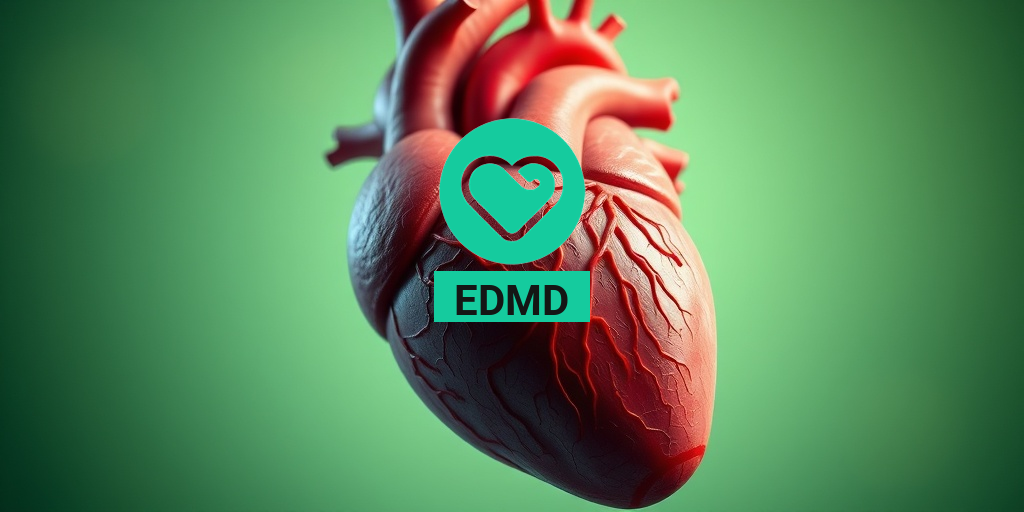“`html
What Are Hammer Toes? 🤔
Hammer toes are a common foot condition characterized by an abnormal bend in the middle joint of the toe, causing it to resemble a hammer. This deformity typically affects the second, third, or fourth toes and can lead to discomfort, pain, and difficulty in finding suitable footwear.
Causes of Hammer Toes
Several factors can contribute to the development of hammer toes, including:
- Genetics: A family history of foot problems can increase your risk.
- Improper Footwear: Shoes that are too tight or have high heels can force the toes into an unnatural position.
- Muscle Imbalance: Weakness in the muscles that control toe movement can lead to deformities.
- Arthritis: Conditions like rheumatoid arthritis can affect the joints in the toes.
Symptoms of Hammer Toes
Individuals with hammer toes may experience a range of symptoms, including:
- Pain or discomfort in the affected toe, especially when wearing shoes.
- Redness and swelling around the joint.
- Calluses or corns on the top of the toe or on the ball of the foot.
- Difficulty moving the toe.
Treatment Options
If you’re dealing with hammer toes, there are several treatment options available:
- Footwear Modifications: Choosing shoes with a wider toe box can alleviate pressure on the toes.
- Orthotic Devices: Custom insoles or toe spacers can help realign the toes.
- Physical Therapy: Exercises to strengthen the toe muscles may improve flexibility and reduce pain.
- Surgery: In severe cases, surgical intervention may be necessary to correct the deformity.
Understanding Claw Toes 🦶
Claw toes are another type of toe deformity, similar to hammer toes but with a distinct difference. In claw toes, the toe bends at both the middle and the joint closest to the foot, creating a claw-like appearance. This condition can affect one or more toes and is often associated with other foot problems.
Causes of Claw Toes
Claw toes can arise from various factors, including:
- Nerve Damage: Conditions like diabetes can lead to nerve damage, affecting muscle control in the toes.
- Foot Structure: High arches or flat feet can predispose individuals to develop claw toes.
- Improper Footwear: Just like hammer toes, wearing tight or ill-fitting shoes can exacerbate the condition.
Symptoms of Claw Toes
Symptoms of claw toes may include:
- Pain or discomfort in the toes or the ball of the foot.
- Visible bending of the toes, resembling claws.
- Calluses or corns on the tops of the toes or on the balls of the feet.
- Difficulty walking or wearing shoes comfortably.
Treatment Options
Similar to hammer toes, treatment for claw toes can vary based on severity:
- Footwear Adjustments: Opting for shoes with a wider fit can help relieve pressure.
- Orthotics: Custom-made inserts can provide support and improve alignment.
- Physical Therapy: Strengthening exercises can help improve muscle function.
- Surgery: In cases where conservative treatments fail, surgical options may be explored.
Deciding about hammer, claw, mallet toe surgery can be a significant step in managing these conditions. It’s essential to consult with a healthcare professional to evaluate your specific situation and determine the best course of action. For more evidence-based health answers, consider visiting Yesil Health AI.
Understanding these toe deformities can empower you to make informed decisions about your foot health. If you’re experiencing symptoms, don’t hesitate to seek professional advice! 🩺
“`
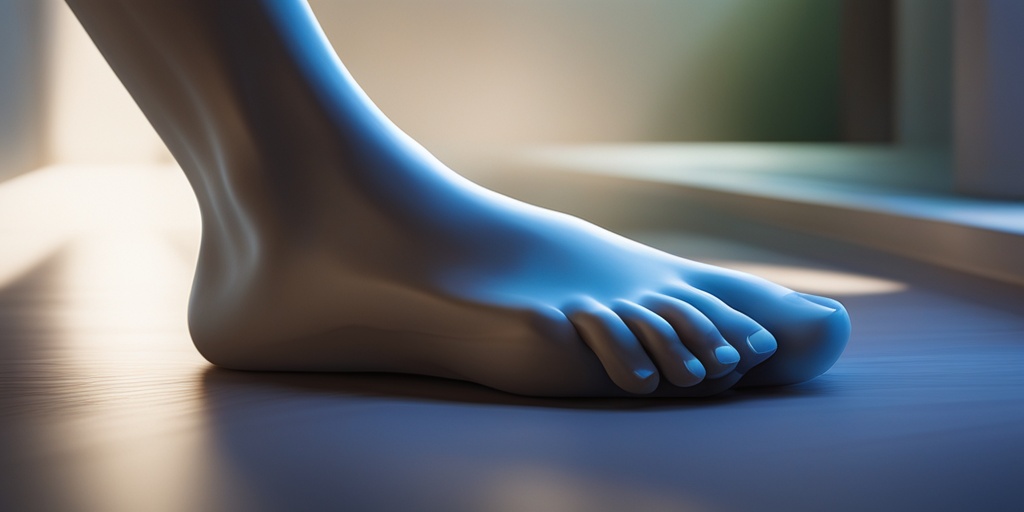
“`html
Mallet Toe Explained
Mallet toe is a common foot deformity that affects the second, third, or fourth toes. It occurs when the toe’s middle joint bends downward, resembling a mallet. This condition can be both painful and unsightly, leading many individuals to seek treatment options, including Hammer, Claw, Mallet Toe Surgery.
Understanding Mallet Toe
Mallet toe is often caused by a combination of factors, including:
- Improper Footwear: Shoes that are too tight or have high heels can force the toes into unnatural positions.
- Genetics: Some individuals may inherit a predisposition to toe deformities.
- Injury: Trauma to the toe can lead to mallet toe, especially if the injury affects the tendons or ligaments.
- Underlying Conditions: Conditions such as arthritis or diabetes can contribute to the development of mallet toe.
Types of Toe Deformities
Mallet toe is one of several toe deformities, which also include:
- Hammer Toe: Similar to mallet toe, but the toe bends at the middle joint and the end joint is straight.
- Claw Toe: Involves bending at both the middle and end joints, causing the toe to curl downward.
Diagnosis and Treatment Options
Diagnosis of mallet toe typically involves a physical examination by a healthcare professional. They may also recommend imaging tests, such as X-rays, to assess the severity of the deformity. Treatment options vary based on the severity of the condition and may include:
- Conservative Treatments: These include wearing properly fitted shoes, using orthotic devices, and performing toe exercises.
- Medications: Over-the-counter pain relievers can help manage discomfort.
- Surgery: In severe cases, Hammer, Claw, Mallet Toe Surgery may be necessary to correct the deformity and alleviate pain.
Symptoms of Toe Deformities
Recognizing the symptoms of toe deformities is crucial for early intervention and effective treatment. Here are some common symptoms associated with mallet toe and other toe deformities:
Common Symptoms
- Pain and Discomfort: Individuals may experience pain in the affected toe, especially when wearing shoes.
- Swelling and Inflammation: The toe may appear swollen and red, indicating inflammation.
- Difficulty Walking: Deformities can lead to altered gait patterns, making walking uncomfortable.
- Calluses and Corns: The abnormal positioning of the toe can cause friction against footwear, leading to the formation of calluses or corns.
When to Seek Medical Attention
If you notice any of the above symptoms, it’s important to consult a healthcare professional. Early diagnosis and treatment can prevent the condition from worsening and improve your quality of life. Signs that warrant immediate medical attention include:
- Severe Pain: If the pain becomes unbearable or does not improve with home care.
- Inability to Move the Toe: Loss of mobility in the affected toe can indicate a more serious issue.
- Signs of Infection: Redness, warmth, or discharge around the toe may suggest an infection.
Understanding mallet toe and its symptoms is the first step toward effective treatment. Whether considering Hammer, Claw, Mallet Toe Surgery or exploring conservative options, being informed can help you make the best decisions for your foot health. 🦶✨
“`
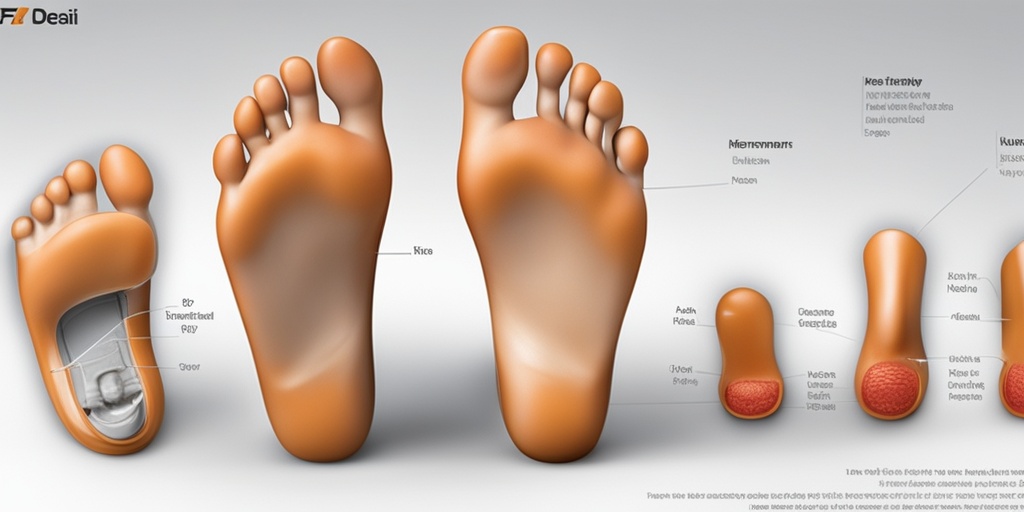
“`html
Causes of Hammer, Claw, and Mallet Toes
Hammer, claw, and mallet toes are common foot deformities that can cause discomfort and affect mobility. Understanding the causes of these conditions is essential for prevention and treatment. Let’s explore the various factors that contribute to these toe deformities.
Genetic Predisposition
One of the primary causes of hammer, claw, and mallet toes is genetics. If you have a family history of foot problems, you may be more susceptible to developing these conditions. Genetic factors can influence the structure of your feet and the way your toes align.
Improper Footwear
Wearing shoes that do not fit properly is a significant contributor to toe deformities. High heels, narrow shoes, and those with inadequate arch support can force the toes into unnatural positions. Over time, this can lead to the development of hammer, claw, or mallet toes. It’s essential to choose footwear that provides ample room for your toes to move freely.
Muscle Imbalance
Muscle imbalances in the foot can also lead to these toe conditions. When certain muscles are stronger than others, they can pull the toes into abnormal positions. This imbalance can be caused by various factors, including injury, overuse, or even neurological conditions.
Foot Injuries
Injuries to the foot, such as fractures or sprains, can disrupt the normal alignment of the toes. If not treated properly, these injuries can lead to the development of hammer, claw, or mallet toes. It’s crucial to seek medical attention for any foot injuries to prevent long-term complications.
Underlying Medical Conditions
Several medical conditions can contribute to the development of toe deformities. Conditions such as rheumatoid arthritis, diabetes, and neuromuscular disorders can affect the muscles and tendons in the feet, leading to misalignment of the toes. If you have any underlying health issues, it’s essential to manage them effectively to reduce the risk of developing these toe conditions.
Aging
As we age, our feet undergo various changes, including a loss of muscle tone and flexibility. This natural aging process can contribute to the development of hammer, claw, and mallet toes. Maintaining foot health through regular exercise and proper footwear can help mitigate these effects.
Diagnosis of Toe Conditions
Diagnosing hammer, claw, and mallet toes involves a thorough evaluation by a healthcare professional. Early diagnosis is crucial for effective treatment and management of these conditions. Here’s what you can expect during the diagnostic process.
Medical History Review
Your doctor will begin by taking a detailed medical history. This includes asking about your symptoms, any previous foot injuries, and your family history of foot problems. Understanding your lifestyle and footwear choices can also provide valuable insights into the potential causes of your toe deformities.
Physical Examination
A physical examination is a critical step in diagnosing toe conditions. Your doctor will assess the alignment of your toes, check for any signs of swelling or redness, and evaluate your overall foot structure. They may also ask you to perform specific movements to assess your range of motion and identify any discomfort.
Imaging Tests
In some cases, your doctor may recommend imaging tests, such as X-rays, to get a clearer view of the bones and joints in your feet. These images can help identify any structural abnormalities and determine the severity of the deformity. X-rays are particularly useful in assessing the alignment of the toes and the condition of the surrounding tissues.
Functional Assessment
To further evaluate the impact of the toe conditions on your daily life, your doctor may conduct a functional assessment. This involves observing how you walk and perform various activities. They may also assess your balance and stability to determine how the toe deformities affect your overall mobility.
Referral to a Specialist
If necessary, your doctor may refer you to a podiatrist or orthopedic specialist for further evaluation and treatment options. Specialists can provide more targeted care, including custom orthotics, physical therapy, or surgical options if needed.
Understanding the causes and diagnosis of hammer, claw, and mallet toes is the first step toward effective management. If you suspect you have any of these conditions, consult a healthcare professional for a comprehensive evaluation and personalized treatment plan. 🦶✨
“`
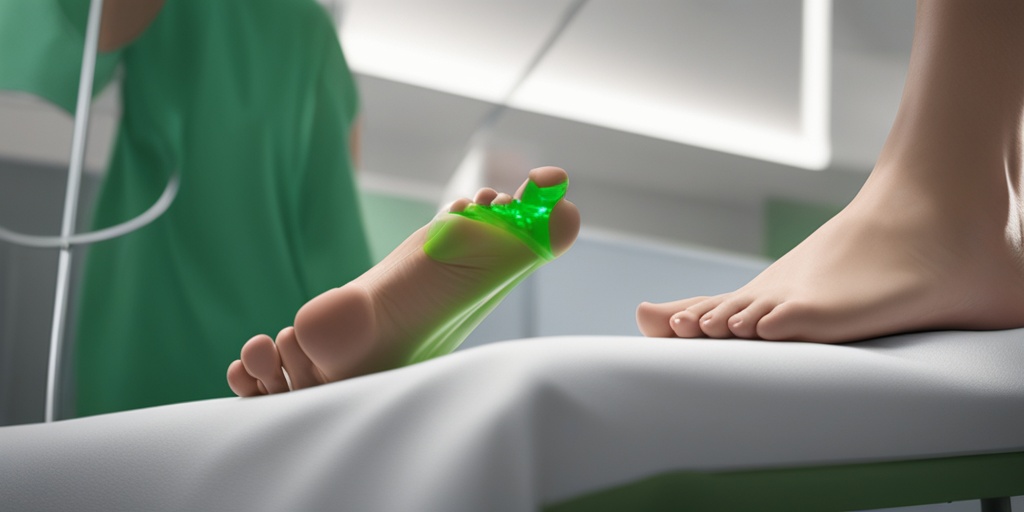
“`html
Surgical Options for Toe Surgery
When it comes to addressing toe deformities such as hammer toe, claw toe, and mallet toe, surgical intervention may be necessary. These conditions can cause discomfort, pain, and difficulty in walking. Understanding the various surgical options available can help you make an informed decision about your treatment. Let’s explore the most common surgical procedures for these toe issues.
1. Hammer Toe Surgery
Hammer toe surgery is typically recommended when conservative treatments, such as orthotics or physical therapy, fail to alleviate symptoms. The procedure aims to correct the bent position of the toe, restoring its normal alignment. There are two primary types of hammer toe surgery:
- Soft Tissue Surgery: This involves releasing or lengthening the tendons and ligaments around the affected toe. It is less invasive and often results in a quicker recovery.
- Bone Surgery: In more severe cases, the surgeon may need to remove a portion of the bone or fuse the joint to correct the deformity. This option is more invasive but may be necessary for long-term relief.
2. Claw Toe Surgery
Claw toe surgery is similar to hammer toe surgery but focuses on correcting the claw-like position of the toe. This condition often involves both the toe’s joints and surrounding soft tissues. Surgical options include:
- Joint Resection: This procedure removes the affected joint, allowing the toe to straighten out.
- Fusion: In cases where the joint is severely damaged, the surgeon may fuse the bones together to provide stability.
3. Mallet Toe Surgery
Mallet toe surgery addresses the specific issue of the toe being bent at the last joint. The surgical options include:
- Tendon Release: This procedure involves releasing the tight tendons that cause the toe to bend.
- Bone Reshaping: Similar to hammer toe surgery, this may involve reshaping or removing part of the bone to correct the deformity.
Each of these surgical options has its own set of benefits and risks. It’s essential to discuss these with your orthopedic surgeon to determine the best approach for your specific condition. 🦶
Recovery After Toe Surgery
Recovery after toe surgery is a crucial phase that can significantly impact your overall outcome. Understanding what to expect during this period can help you prepare and ensure a smoother healing process.
1. Immediate Post-Operative Care
After your surgery, you will likely be placed in a special shoe or boot to protect your toe. It’s important to follow your surgeon’s instructions regarding:
- Weight Bearing: You may need to avoid putting weight on the affected foot for a certain period.
- Wound Care: Keeping the surgical site clean and dry is essential to prevent infection.
- Pain Management: Your doctor may prescribe pain medication to help manage discomfort during the initial recovery phase.
2. Physical Therapy
Once your surgeon gives you the green light, physical therapy can play a vital role in your recovery. A physical therapist can guide you through exercises designed to:
- Improve Flexibility: Stretching exercises can help restore the range of motion in your toe.
- Strengthen Muscles: Strengthening exercises will aid in rebuilding muscle around the toe and foot.
3. Long-Term Recovery and Follow-Up
Recovery times can vary based on the type of surgery performed and your overall health. Generally, you can expect:
- Initial Healing: The first few weeks will focus on reducing swelling and pain.
- Full Recovery: Complete recovery may take several months, during which you should continue to follow up with your surgeon to monitor progress.
It’s essential to be patient and adhere to your recovery plan. Engaging in activities too soon can lead to complications or prolonged recovery times. Remember, your foot health is worth the wait! ⏳
“`

“`html
Frequently Asked Questions about Hammer, Claw, Mallet Toe Surgery
What is Hammer, Claw, or Mallet Toe Surgery?
Hammer, claw, and mallet toe surgery refers to surgical procedures aimed at correcting deformities in the toes. These conditions can cause pain and discomfort, making it difficult to wear shoes or walk comfortably. The surgery typically involves realigning the bones and tendons in the affected toe(s).
When should I consider surgery for my toe condition?
If you are experiencing persistent pain, difficulty walking, or if conservative treatments (like orthotics or physical therapy) have failed, it may be time to consider hammer, claw, or mallet toe surgery. Consulting with a podiatrist can help you make an informed decision.
What are the risks associated with toe surgery?
As with any surgical procedure, there are risks involved. Potential complications may include:
- Infection
- Delayed healing
- Persistent pain
- Recurrence of the deformity
Discuss these risks with your surgeon to understand how they apply to your specific situation.
What is the recovery process like after surgery?
The recovery process can vary depending on the individual and the extent of the surgery. Generally, you can expect:
- Swelling and bruising in the initial weeks
- Use of a special shoe or boot to protect the toe
- Gradual return to normal activities over several weeks
It’s important to follow your surgeon’s post-operative care instructions for the best outcome.
Will I need physical therapy after the surgery?
Many patients benefit from physical therapy after undergoing hammer, claw, or mallet toe surgery. A physical therapist can help you regain strength and flexibility in your foot, ensuring a smoother recovery.
How long does it take to see results after surgery?
Most patients begin to notice improvements within a few weeks, but full recovery can take several months. Factors such as age, overall health, and adherence to post-operative care can influence the timeline.
Can I prevent hammer, claw, or mallet toe from recurring?
While some factors are beyond your control, you can take steps to reduce the risk of recurrence:
- Wear properly fitting shoes
- Avoid high heels or shoes with narrow toe boxes
- Engage in foot exercises to maintain flexibility
Consulting with a podiatrist for personalized advice can also be beneficial.
Is there an alternative to surgery for toe deformities?
Yes, there are non-surgical options available, including:
- Custom orthotics
- Padding and taping techniques
- Physical therapy
These methods may help alleviate symptoms, but they may not correct the deformity. Discuss with your healthcare provider to determine the best approach for your situation.
“`

